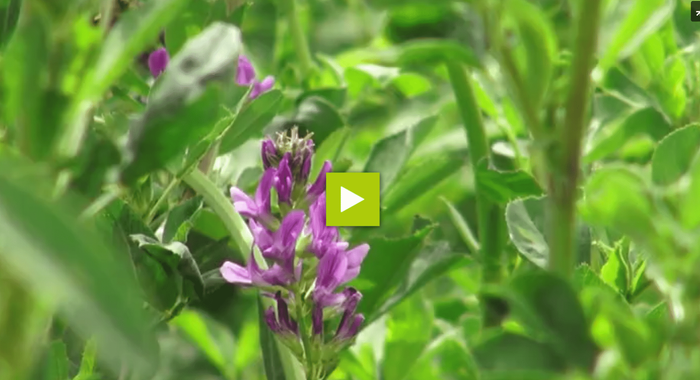Growing lupin is affected by many factor of which are biotic such as pests and diseases and abiotic such as nutrient imbalances in soils. Farmers face challenges leading to low production
Lupins can be grown in highlands as they tolerate drought. They are rich in proteins, fibre and calcium. These also add fertility to the soils.
Healthy plants
Never to grow lupin for 2 years in same field. Anthracnose is the most important disease which affect the lupin from sprout and worsens when rains is followed by sunshine and is recognised by presence of black spots on leaves, pods and stalk which later dry up, presence of deformed stems however pathogen survive in seeds and crop residues.
Always keep seeds from healthy plants. The disease is spread by wind, rain and people to other plants. Sorting and grade lupin to obtain quality seeds are obtained also remove broken, wrinkled and discoloured seeds. Sort by size using screen or hands and use seeds with big size as they are strong to survive and produce more. Burry the diseased seeds to prevent the spread of the disease.
Rinse seeds for days to remove bitter ones



















